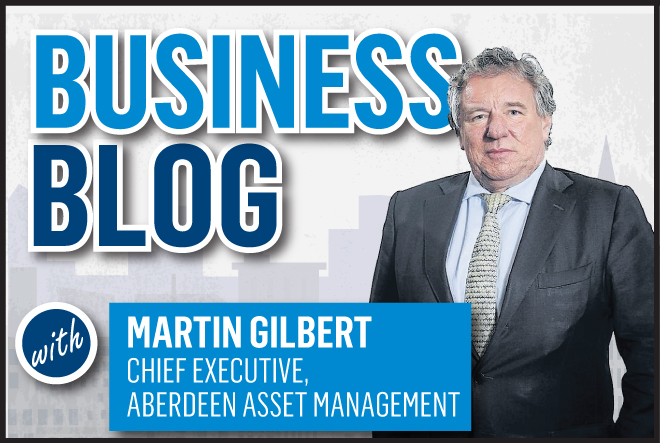I’ve often remarked on the similarity between what team players have to do to win on the sports field and the strategies businesses need to adopt to achieve commercial success. But the parallel has been brought home to me more forcibly by reading James Kerr’s book about the legendary New Zealand rugby team, Legacy: What the All Blacks Can Teach Us About the Business of Life.
It’s a thought-provoking read, describing the reinvention of the All Blacks after they hit a bad patch around 2004. Before that decline the team had an amazing record of winning more than 75% of their matches, an achievement no other team, in any sport, has ever equalled.
After the recalibration of their values and tactics from 2004 onwards, following a three-day brainstorming session, that figure rose to an incredible 86%. Something as remarkable as that doesn’t just happen; it was planned. The “soft” input of motivational and corporate values brings solid results on the field. It works in business too.
Everybody involved in business can learn a lot from the All Blacks culture. Its essence has been summarised as Humility, Excellence, Respect – all of which should be key values for those in the financial services industry. James Kerr has expanded them into 15 principles, to match the 15 jerseys in a rugby team, but he has also highlighted several core mantras that convey the crucial elements of the All Blacks winning culture.
Rule One sounds strange for a champion rugby team: Sweep the sheds. It refers to the fact that before leaving the dressing room after a game top players such as Richie McCaw and Dan Carter take time to tidy it up. The moral is: never feel you are above carrying out minor but necessary tasks.
The second rule Kerr highlights has a warlike ring to it: Follow the spearhead. It relates to the Maori concept of “whanau”, meaning the extended family, symbolised by the spearhead. Although the spearhead has three tips, all its force must be projected in one direction. In financial services, as on the sports field, that means there is no place for grandstanding prima donnas, for those who refuse to be team players – for the kind of “stars” who caused the credit crisis in 2008.
The All Blacks have summed up this primacy of team spirit in a succinct slogan borrowed from the Sydney Swans. For publication in a family newspaper, I’ll translate it into respectable terms as No Big Heads.
Another key principle is: Champions do extra. There are always ways of contributing more to the team and the true champion makes a daily effort to discover and implement them. This fosters a climate of devolved leadership, with every player ready to assume responsibility. It’s a learning environment and goes hand-in-hand with another All Blacks mantra: Go for the Gap. When you’re at the top of your game, that is the time to change it.
Innovation is the key not just to business success, but survival. Apple innovated, Motorola didn’t – the lesson is clear. I have previously mentioned the Innovation Committee we have established at Aberdeen Asset Management to foster ideas and initiate constant improvements in how we do business. It’s not a luxury but a necessity.
The All Blacks also have the maxim: Keep a blue head. This rule, developed with the help of a forensic psychiatrist, contrasts a “red head” – confused and dysfunctional under pressure – with a “blue head” which is calm, focused and efficient under the same conditions. Arguably, we Scots invented the concept with the saying “Keep the heid.” With the cross currents sweeping global markets at the moment, everyone in the financial services industry is going to have to keep a blue head.
One of the All Blacks mottoes that most appeals to me is: Leave the jersey in a better place. It expresses the sense of values that honours the great players of the past and inspires present-day players to add prestige to the team jersey. This is the philosophy of long-termism that I’ve always believed in.
The All Blacks culture is essentially about personal development, integrity and team cooperation. It is summed up in the mantra “Better people make better All Blacks.” That thought will never be far from my mind while I’m enjoying the skill and excitement of the Rugby World Cup.
